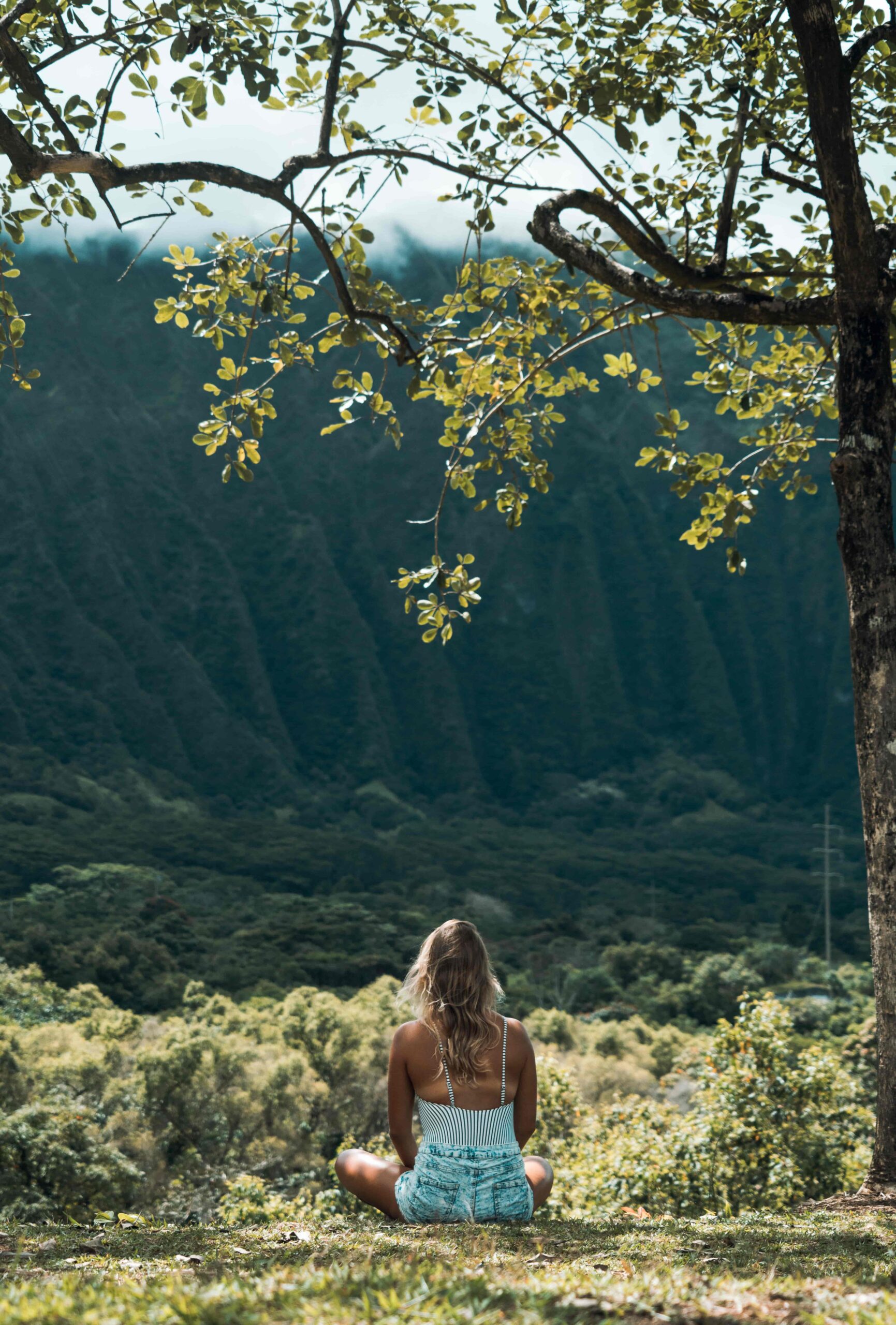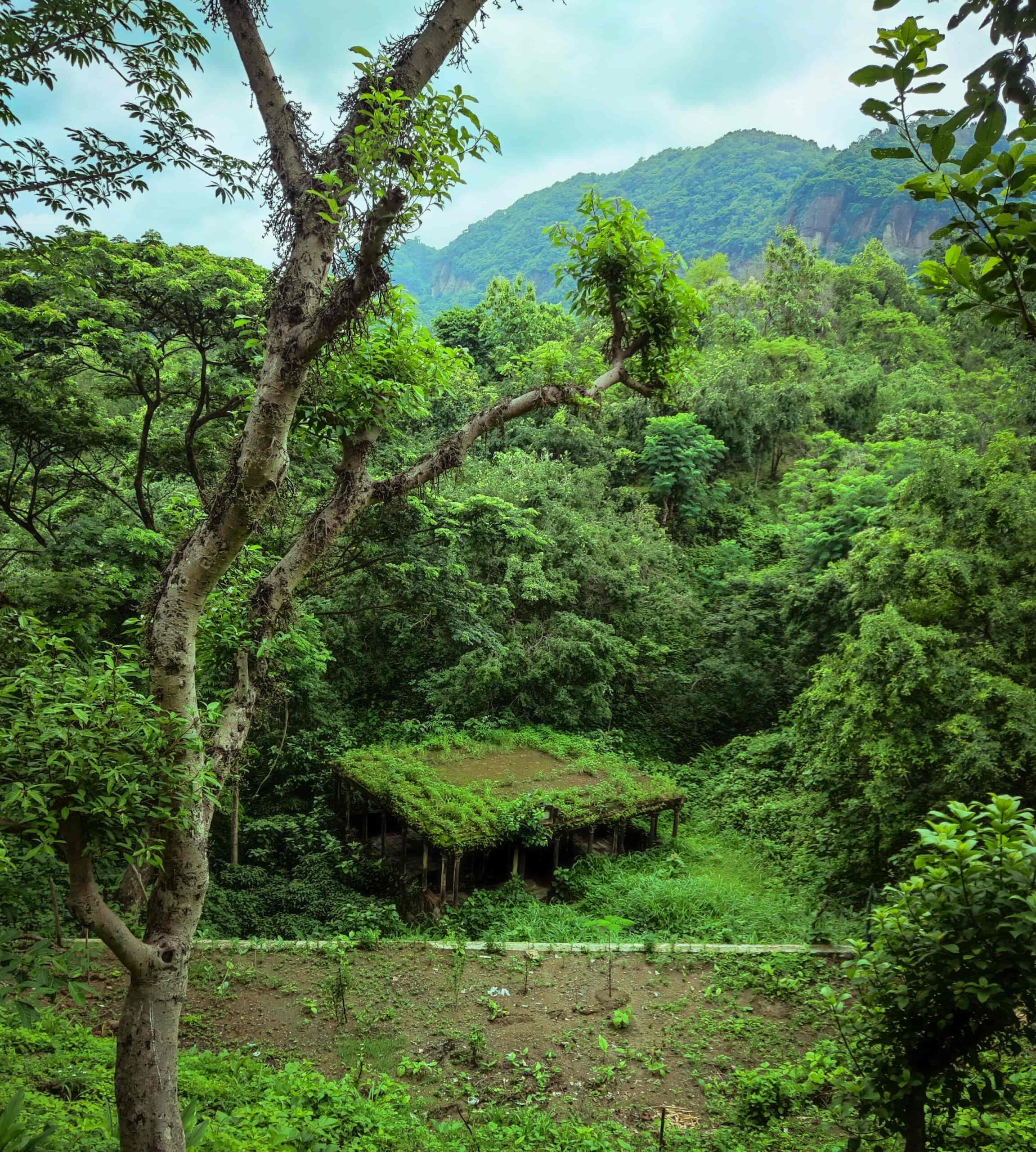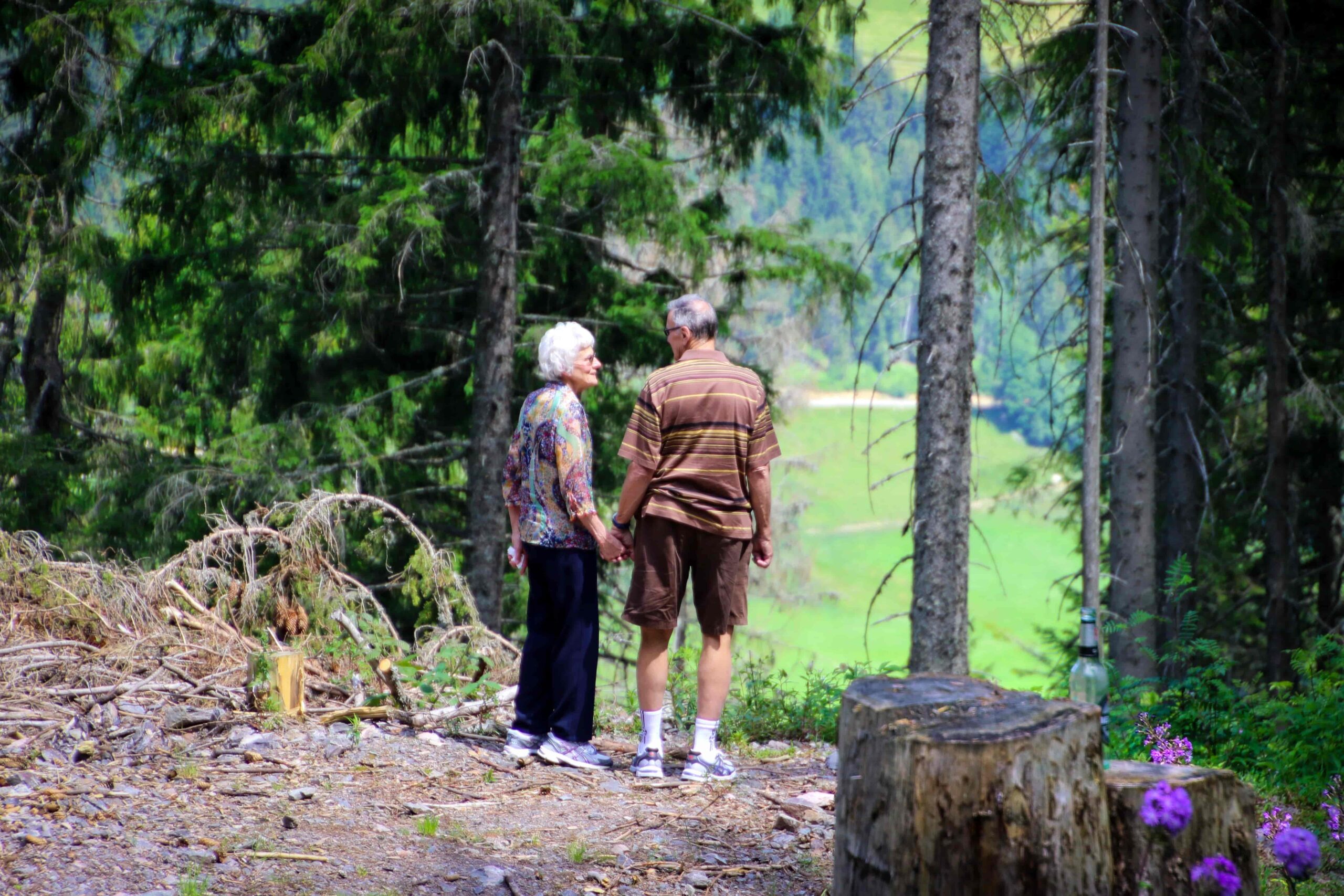Finding moments of calm and quiet in the chaos of contemporary life can be difficult. As stress levels rise and anxiety becomes a constant companion, there is an increasing need to escape the chaos and reconnect with nature. This article explores the concept of serenity in nature’s zone and the practice of mindful wanderings, offering a pathway to achieve a harmonious state of mind.
विषयसूची
- 1. Introduction
- 2. Understanding Serenity in Nature’s zone
- 3. The Benefits of Mindful Wanderings
- 4. Embracing Nature’s Zone
- 5. Mindful Wanderings: Techniques and Tips
- 6. Unplugging and Reconnecting
- 7. Nature’s Therapeutic Effects
- 8. Creating a Mindful Nature’s Zone Ritual
- 9. Overcoming Challenges and Resistance
- 10. Embracing Mindful Wanderings in Daily Life
- 11. Sustainability and Conservation
- 12. Mindful Wanderings for Different Lifestyles
- 13. The Global Impact of Mindful Wanderings
- 14. Conclusion
- Q: How often should I engage in mindful wanderings?
- Q: Can I practice mindful wanderings in urban areas?
- Q: Is mindful wandering suitable for all age groups?
- Q: Can I practice mindful wanderings alone?
- Q: How can I encourage my friends and family to join me in mindful wanderings?
1. Introduction
Throughout history, poets, writers, and painters have drawn inspiration from the appeal of nature. However, beyond its aesthetic appeal, nature holds profound therapeutic potential for the human mind and soul. Serenity in nature’s zone refers to a state of calmness and inner peace experienced when one immerses oneself in the natural world.
2. Understanding Serenity in Nature’s zone

2.1 What is Serenity?
Serenity is a state of being free from stress and mental disturbance. It is a moment of clarity where the mind finds solace and the heart experiences tranquility. Nature provides the perfect backdrop for attaining this serene state.
2.2 The Connection Between Nature and Serenity
The human connection with nature is deeply ingrained. Immersing oneself in natural settings is said to encourage the release of endorphins, which are brain chemicals that enhance emotions of well-being, as well as a reduction in cortisol levels, the stress hormone. This connection creates an avenue for serenity to flourish.
3. The Benefits of Mindful Wanderings
3.1 Reducing Stress and Anxiety
Mindful wanderings in nature allow individuals to detach from the pressures of daily life. The soothing natural environment enables the mind to let go of stress and anxiety, promoting a sense of calmness.
3.2 Improving Mental Clarity
Clearing the mind of clutter is essential for mental clarity. Nature’s ambiance provides the perfect canvas for the mind to regain focus and achieve mental clarity.
3.3 Enhancing Creativity and Inspiration
Nature’s ever-changing beauty sparks creativity and inspiration. Artists, writers, and innovators often find their muse in the wonders of the natural world.
4. Embracing Nature’s Zone
4.1 Letting Go of Distractions
In the digital age, distractions are abundant. Mindful wanderings urge us to unplug from technology and immerse ourselves fully in nature’s embrace.
4.2 Being Present in the Moment
Being mindful teaches us to remain in the present without passing judgment. Nature’s zone, with its ever-present beauty, encourages us to be fully attentive to the here and now.
4.3 Connecting with the Environment
By engaging all senses, mindful wanderings enable a deeper connection with the environment. It fosters a sense of unity and belonging with nature’s zone.
5. Mindful Wanderings: Techniques and Tips

5.1 Practicing Deep Breathing
Deep breathing techniques help synchronize the mind and body, promoting relaxation during mindful wanderings.
5.2 Engaging All Senses
Being mindful involves engaging all senses. The sound of rustling leaves, the touch of cool water, the sight of vibrant flowers—all contribute to the experience.
5.3 Mindful Walking and Hiking
Conscious walking and hiking in nature’s zone can be both a physical and spiritual experience. Paying attention to each step creates a mindful connection with the earth.
6. Unplugging and Reconnecting
6.1 Digital Detox: The Importance of Unplugging
In our modern world, we are constantly bombarded with notifications, messages, and the allure of social media. Taking a digital detox during mindful wanderings allows us to break free from the virtual chains and embrace the present moment in nature’s zone.
6.2 Reconnecting with Inner Self and Others
Mindful wanderings also provide an opportunity to reconnect with ourselves and the people around us. By stepping away from the constant digital chatter, we can foster deeper connections with our inner selves and strengthen bonds with others who accompany us on our journey.
7. Nature’s Therapeutic Effects

7.1 The Healing Power of Forests
Immersion in the forest environment is a component of the Japanese practice of “Shinrin-yoku,” also known as “forest bathing.” It has been demonstrated that the phytoncides, the natural substances released by trees, strengthen the immune system and lessen stress.
7.2 The Soothing Sound of Water
The gentle sound of water flowing in rivers or the crashing of waves on a beach has a calming effect on the mind. It acts as a natural white noise, drowning out other distractions and promoting relaxation.
7.3 The Calming Influence of Open Spaces
Wide-open spaces, such as meadows or deserts, offer a sense of freedom and openness. These spaces provide a canvas for contemplation and embracing the vastness of nature’s zone.
8. Creating a Mindful Nature’s Zone Ritual
8.1 Setting the Intention
Before embarking on a mindful wandering, it’s essential to set a clear intention. Whether it’s seeking serenity, gaining clarity, or simply being present, setting the right intention can enhance the experience.
8.2 Choosing the Right Time and Place
Selecting the right time and place for mindful wanderings can make a significant difference. Sunrise or sunset hikes, for example, offer breathtaking views and a serene ambiance.
8.3 Incorporating Mindful Activities
During mindful wanderings, incorporating mindful activities can deepen the experience. Practicing yoga in nature’s zone, journaling, or meditation can complement the journey.
9. Overcoming Challenges and Resistance
9.1 Overcoming Discomfort and Restlessness
At times, mindful wanderings might trigger discomfort or restlessness. Embracing these feelings without judgment and allowing them to pass is an essential part of the process.
9.2 Finding Balance with Technology
While unplugging is crucial during mindful wanderings, technology can also enhance the experience. Photography, for instance, can be a mindful way of capturing the beauty of nature’s zone.
10. Embracing Mindful Wanderings in Daily Life

10.1 Integrating Nature in Your Routine
Even in our busy lives, finding small moments to connect with nature is possible. It could be as simple as taking a short walk in a nearby park during lunch breaks.
10.2 Mindful Eating Outdoors
Savoring a meal outdoors mindfully can be a sensory delight. Paying attention to the tastes, textures, and aromas enhances the dining experience.
10.3 Nature’s Impact on Relationships
Sharing mindful wanderings with loved ones can strengthen relationships. Experiencing serenity together in nature fosters bonds and creates lasting memories.
11. Sustainability and Conservation
11.1 Practicing Ethical Outdoor Activities
As mindful wanderers, it’s essential to be mindful of our impact on the environment. Respecting wildlife, following designated trails, and leaving no trace are crucial for preserving nature.
11.2 Fostering Environmental Awareness
Mindful wanderings can awaken a sense of environmental consciousness. This heightened awareness can lead to a desire to protect and preserve the natural world.
12. Mindful Wanderings for Different Lifestyles
12.1 Families and Nature Bonding
Families can engage in mindful wanderings together, encouraging children to appreciate the beauty of nature and nurturing their well-being.
12.2 Mindful Solo Adventures
Solo mindful wanderings offer a unique opportunity for self-discovery and introspection. It’s a time for introspection and development.
12.3 Mindful Nature’s zone Retreats
For those seeking a deeper immersion in mindful wanderings, nature’s zone retreats provide structured experiences that focus on self-care and mindfulness.
13. The Global Impact of Mindful Wanderings
13.1 Promoting Eco-Tourism
The rise of mindful wanderings can encourage eco-tourism, which prioritizes sustainability and responsible travel, benefiting local communities and the environment.
13.2 Cultivating a Mindful Society
A society that embraces mindful wanderings is likely to exhibit increased well-being, empathy, and compassion, leading to a more harmonious world.
14. Conclusion
Finding serenity in nature’s zone through mindful wanderings is a transformative journey. We can get a sense of calm, clarity, and connection by immersing ourselves in the beauty of nature. Embrace nature as your sanctuary, and allow it to guide you on a path of mindfulness and self-discovery.
FAQs:
Q: How often should I engage in mindful wanderings?
A: The frequency can vary based on personal preference. Even spending a few hours in nature each week can make a significant difference in your well-being.
Q: Can I practice mindful wanderings in urban areas?
A: Absolutely! While being in untouched nature has its charm, even urban parks and green spaces can offer opportunities for mindful wanderings.
Q: Is mindful wandering suitable for all age groups?
A: Yes, mindful wanderings can benefit individuals of all ages. It’s a practice that can be adapted to suit different needs and preferences.
Q: Can I practice mindful wanderings alone?
A: Yes, mindful wanderings can be a deeply personal experience when practiced alone. It allows for introspection and self-awareness.
Q: How can I encourage my friends and family to join me in mindful wanderings?
A: Share your positive experiences and the benefits you’ve gained from mindful wanderings. Invite them to join you on a relaxed and enjoyable nature outing.


1 thought on “Finding Serenity in Nature’s Zone: A Sensational Journey of Mindful Wanderings”